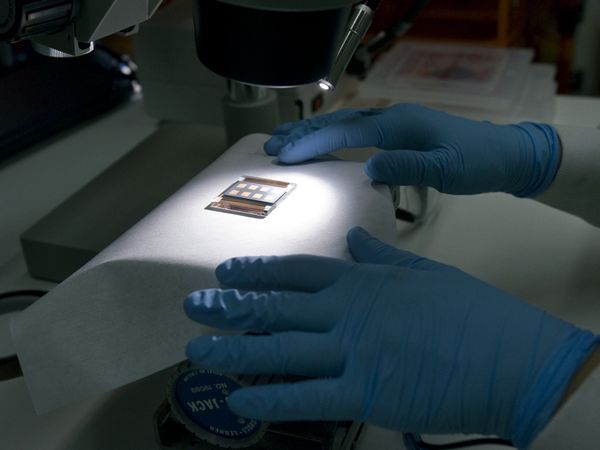Fare luce sul solare fotovoltaico: perchè è così caro?

So why is solar so expensive?
Converting light into electricity with no moving parts is a profoundly different enterprise than turning a turbine to make power—the technology that is at work in coal, natural gas, nuclear, hydropower plants and, most visibly to the public, at wind farms.
“Wind power is the same technology as it’s been for 1,000 years,” said Tom Meyer, a professor of chemistry at the University of North Carolina at Chapel Hill. “There’s nothing to invent. It just needs to be improved.” The makers of wind turbines have made huge cost reductions in recent decades with relatively small tweaks to an otherwise familiar system.
That’s not yet true for solar, experts say. Most solar cells are made from silicon—the same semiconductor material that is at the heart of computers. The cells are expensive to produce because it takes a great deal of energy to purify the silicon. And, while the computer industry has made enormous strides in making cheaper silicon devices, those advancements don’t translate to the solar industry.
Un interessante (illuminante? LOL) articolo sul National Geographic prova a spiegare perchè generare energia elettrica dai pannelli solari fotovoltaici, che son fatti sostanzialmente di sabbia e il “carburante” (la luce solare) è gratis, sono così dannatamente costosi.
Colpa del silicio e del tipo di lavorazione, ma:
What may really help to lower the cost of solar are new materials—especially semiconductors made from the compound cadmium telluride. It’s cheaper to make “thin-film solar cells” with cadmium telluride than with silicon.
Ci vorrà però del tempo:
Thanks to the rising cost of coal and natural gas—as well as the short-term cost benefits of cadmium telluride, and falling costs of silicon and other solar options—the National Renewable Energy Laboratory estimates that solar energy could reach nationwide grid parity by 2017. That’s without any subsidies and with only small, incremental improvements on current technology.
But Seth Darling at Argonne says the United States won’t be likely to see hundreds of gigawatts of solar running at grid parity until 2025, at the earliest.
Via BoingBoing.




